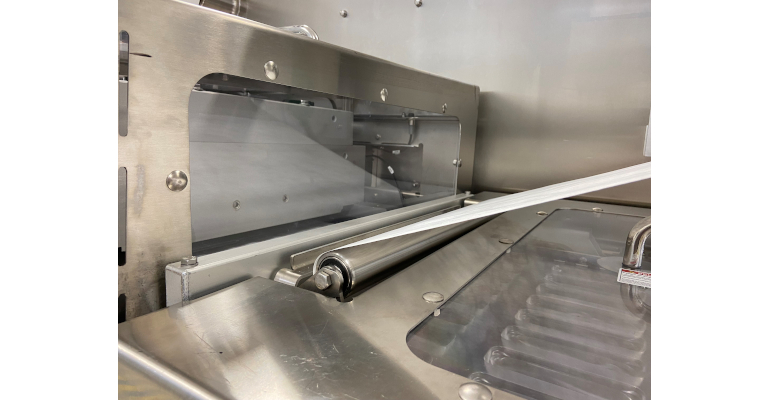Promoting Product Safety through Sealing Innovations
According to a recent study by the Association for Professionals in Infection Control and Epidemiology, healthcare-associated infections (HAIs) have been on the rise since the start of the pandemic. Now more than ever, medical device manufacturers must ensure that life-saving products are protected and sterile to avoid HAIs in healthcare environments. During the COVID-19 pandemic, the healthcare industry witnessed and faced challenges with PPE shortages and rising rates of hospitalizations, with many hospitals at capacity.
In these critical moments, packaging technology becomes crucial to device safety because of its ability to help ensure that the package maintains sterility for any type of medical device. And, while all elements of packaging are important, safety and packaging integrity concerns can be addressed by the right sealing technology. In fact, there are three ways that heat seals contribute to better packaging and, ultimately, greater product safety.
1. Higher Seal Strength
Simply put, the stronger the seal, the better the protection of the medical device inside. Heat seal coatings have tried-and-true formulas, such as Amcor’s CR27, that are vital to package integrity. That said, it is still important for medical device manufacturers to look for enhanced formulations that can increase seal strength for critical applications. For example, Amcor’s ACT2100 easily exceeds 1 lb/in. strength across a broad range of sealing temperatures and is 25 percent stronger than other competitive coating technologies.
Greater seal strength is increasingly important for large-pack items, such as gowns and drapes as well as specialized devices and kits that require more space and are open to sterilant gas build up and place greater stress on the seals. Not only is the formula a key component of the seal, the application process plays a vital role as well. Manufacturers should use packaging products that have the heat seal applied consistently. Uneven contact coating processes could lead to integrity issues. For example, air-knife application of heat seals is much more consistent than contact coating for any surface topography. This brings us to the next factor in sealing that can overcome packaging challenges—the processes used in production.
2. Stringent Quality Control
It should go without saying that every step of the packaging production process must meet all safety standards and emphasize quality control, and heat seals are no exception. As such, medical device manufacturers should seek out state-of-the-art mixing technology from their suppliers because it ensures the correct particle size of the heat seal coating. This impacts the product’s breathability and porosity for even the most aggressive sterilization. Better porosity can mean the difference between more efficient EtO sterilization cycles or potential issues with residuals if the seal isn’t breathable enough.
Inspections also play a critical role in quality control. Camera inspections of packaging materials during the manufacturing process reduces the risk of contaminants or defects for packaging customers. In-line vision systems, for example, can provide accurate location and defect identification prior to final delivery of the material.
3. Passing the Eye Test
Just as visual inspection of the production process is key, so too is the human eye test of the seal on the final packaging product. Manufacturers should utilize heat seal coatings that provide substantial seal evidence, such as bright white or bright blue so that the package’s integrity is easy to confirm. Heat seals that turn yellow or get brittle over time can cause confidence issues in the package integrity.
Thus, the appearance of a seal as it ages is important to enabling healthcare workers to easily detect when their package has been compromised. A clean peel not only minimizes the risk of fiber tear during pack opening, it also allows practitioners to know immediately that their device is sterile and uncompromised.

Providing Greater Product Safety
With hospitalizations increasing as the COVID-19 Delta variant accelerates, it’s crucial that medical device manufacturers take steps to avoid HAIs and keep patients safe with sterile products. Although the seal may not be the first thing you see, it’s a critical component of medical device packaging.
Ensuring the highest-quality seal for your packaging means greater strength, but also better porosity for sterilization, consistency of the seal, and its color and peel. These features provide confidence throughout the life cycle of your medical device, from the initial production all the way through to when a practitioner opens the package.
By building on years of experience and technology evolutions, innovative heat-seal coatings can enhance the safety of medical packaging, the products inside, and the patients who rely on those products.
Article source: Qmed and MD+DI









